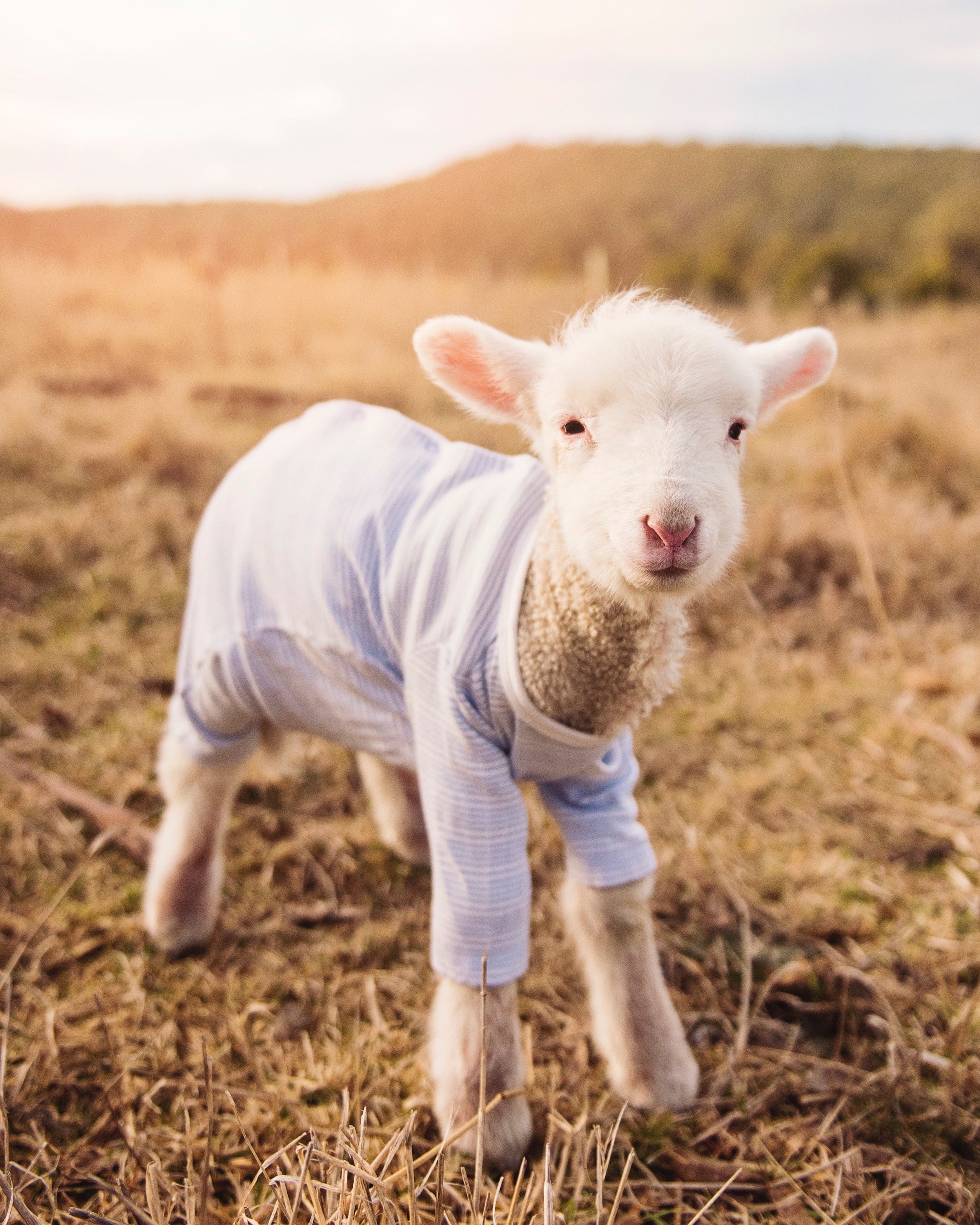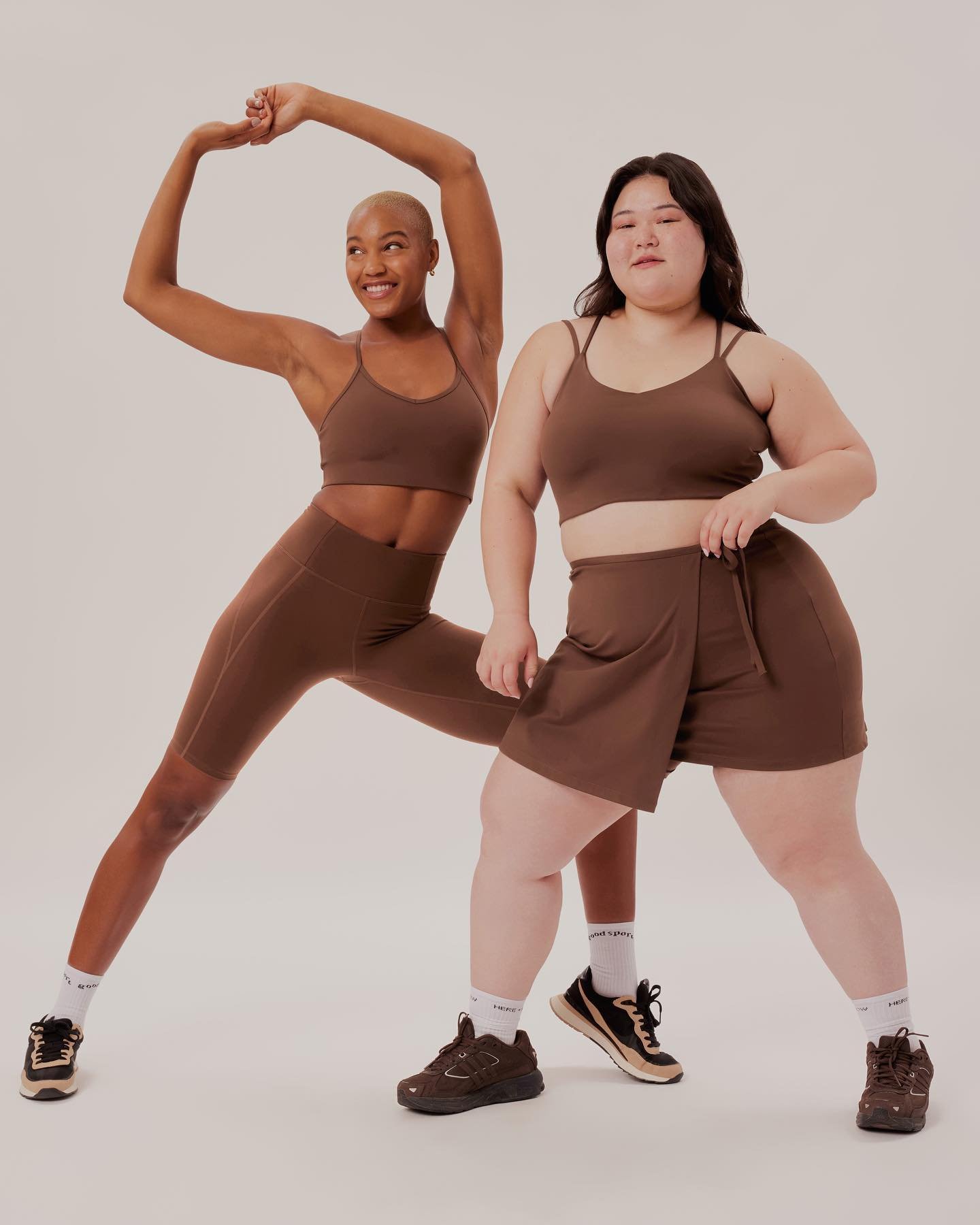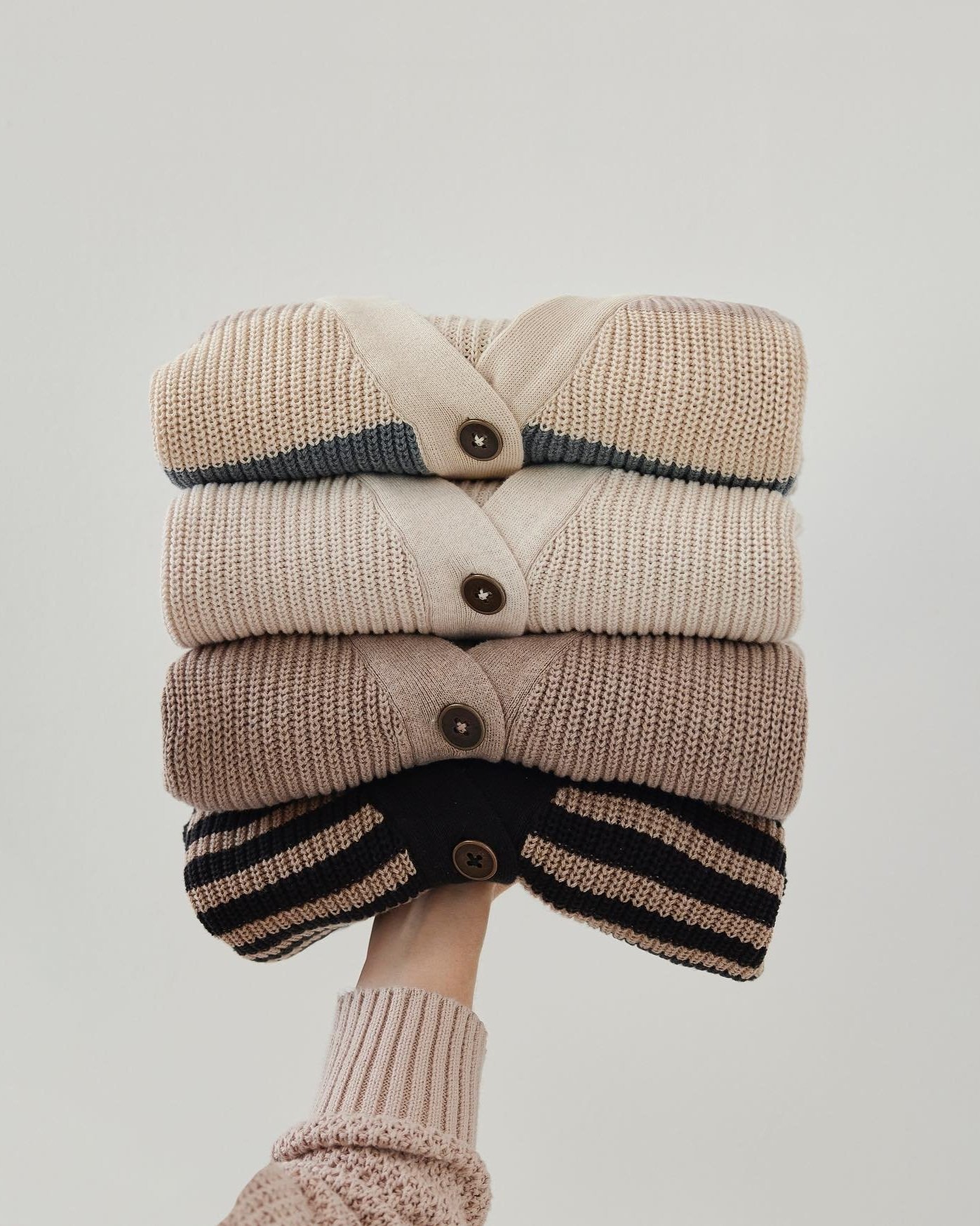How AI Is Making the Fashion Industry More Sustainable
Sustainable Fashion and AI
The fashion industry as it stands today is not sustainable in the truest sense of the word; we cannot continue to produce clothing in the way we are now.
The fashion industry is one of the most polluting industries in the world and contributes to 10% of annual global carbon emissions. Our consumption of clothing is rising astronomically, and with it rises the fashion industry’s pollution and carbon footprint.
However, achieving sustainability in fashion presents great difficulty, as the industry is truly global and faces many pressures to keep costs low and keep output high.
Artificial intelligence (AI) presents new opportunities to increase sustainability in the fashion industry. While the technology is still relatively new, many brands have already begun using AI in creative ways that help reduce waste and reduce carbon emissions.
1. AI Predicts Trends to Reduce Waste
One of the most exciting innovations in AI and fashion sustainability is the use of AI to predict future trends. Clothing companies spend much time, effort, and money predicting fashion trends, and then create waste and pollution manufacturing those trends, only to produce clothing that doesn’t sell. AI trend forecasting eliminates some of the uncertainty and human error currently derailing trend forecasting, helping companies invest in clothing concepts that will sell.
AI trend forecasting works to understand a company’s target market and how they may respond to clothing trends. By predicting trends with higher accuracy, AI can help companies cut off production of clothing lines that won’t sell. This reduces unnecessary waste, reduces water use in production, reduces pollution, and reduces carbon emissions.
AI helps predict type and quantities of fabric, helping companies reduce excess scrap fabric. Additionally, AI can help keep track of inventories of already-produced clothes, helping companies achieve proper production size.
2. AI Helps Customers Shop Used Clothing
AI makes thrift shopping, a sustainable shopping practice, easier. Thrifting, or buying used clothing, is a great sustainable shopping option, as it reduces the demand for new clothes. Slowing production of new clothing reduces carbon emissions and reduces the amount of waste and pollution created in the production process.
Several online used-clothing platforms, such as Depop, are using AI to provide smarter recommendations to their customers. This use of AI makes buying used clothing much easier, as you don’t have to go sort through racks of clothing to find something specific or something you like.
If AI makes thrifting easier, more people are likely to buy used, rather than going to buy something new simply because it’s the simpler option.
3. AI Speeds Up 3D Modeling
Before a clothing item is sold, it goes through many stages of review, sometimes requiring up to 20 samples of the item. Instead, fashion brands are increasingly relying on AI-created 3D models of the clothing, rather than physically producing samples.
AI can even create digital models to wear clothes that have not been manufactured yet, making the review process much less wasteful. This also helps companies reduce the costs of creating samples.
AI makes the process of 3D modelling much faster and more efficient, which can help clothing streamline production and also reduces the need for human labor. That said, AI 3D modeling is still being perfected, and still requires some human input to truly get the model to look realistic.
4. AI Increases Customer Satisfaction
Every year, around 500 billion USD is lost due to clothing that is not worn frequently and is not recycled. Increasing customer satisfaction with the clothes they buy helps slow fashion production, thereby reducing its environmental impact, and reduces clothing waste in landfills.
AI is helping customers find products that they really like. First, AI offers the opportunity for increased customization of clothes. AI body scans of customers help brands make clothes that fit a larger range of people. AI can help create clothing that fits body measurements that exist in the real world, rather than making clothes that fit an “average” assumed body type.
AI also offers virtual fittings, which reduces the number of clothes that are returned. Many people buy online simply to try the clothing on, or buy multiple sizes or colors, and then return it. Shipping these returns not only has a large environmental impact, but also becomes a logistical difficulty for the company.
Lastly, AI helps predict correct sizing based on a database of body measurements. According to the founder of EyeFitU, an AI clothing sizing prediction company, it is unclear what happens to clothes after they’re returned; some may end up in the landfill. Buying the correct size will help customers reduce their returns, and reduce fashion waste.
The opportunity to virtually try on clothes and buy the right size helps reduce customer returns by up to 55 percent, thereby greatly reducing the waste caused by clothing returns.
5. AI Ensures Sustainable Supply Chains
Many clothing brands choose to undergo third-party environmental compliance audits to make sure that they and their suppliers are complying with all environmental regulations.
While these audits are a step towards more environmentally-friendly clothing production, they don’t truly take all aspects of sustainability into account. It may also be difficult for large companies to keep an eye on the sustainability of every supplier they use.
AI provides a solution; AI can help fashion brands better assess the sustainability of their supply chain as a whole. AI tools can analyze information about a company’s suppliers to examine their sustainability practices.
AI company Prewave has created a tool that uses AI and machine learning to search the Internet for any mention of a company’s suppliers, and alert the company to possible sustainability violations. This type of tool is immensely powerful, as it can also assess a supplier’s adherence to ethical labor practices and anti-corruption practices.
While this has been piloted by Audi, a car manufacturer, since October 2020, it can and should be used by clothing brands as well. This tool will help the fashion industry choose and monitor suppliers to ensure the utmost adherence to sustainable practices.
Conclusion
So, is AI the future of sustainable fashion? In some ways, yes. AI provides us with increasingly powerful tools to reduce waste in clothing production.
However, AI alone will not fix the sustainability issues in the fashion world. Instead, a variety of multifaceted, human-led approaches, from reducing clothing consumption to using sustainable materials, are necessary to address the industry’s extreme environmental impacts.
About the Author:
Lena Milton is a freelance writer covering sustainability, health and environmental science. She writes to help consumers understand the environmental and ethical challenges in everyday life so we can find viable solutions for both.
WANT to find SUSTAINABLE BRANDS? VISIT OUR BRAND DIRECTORY!
Our Brand Directory is home to hundreds of sustainable brands, from makeup to cleaning supplies, from underwear to shoes. We have broken everything down by category for easy shopping, along with discount codes unique to Sustainably Chic viewers.


































